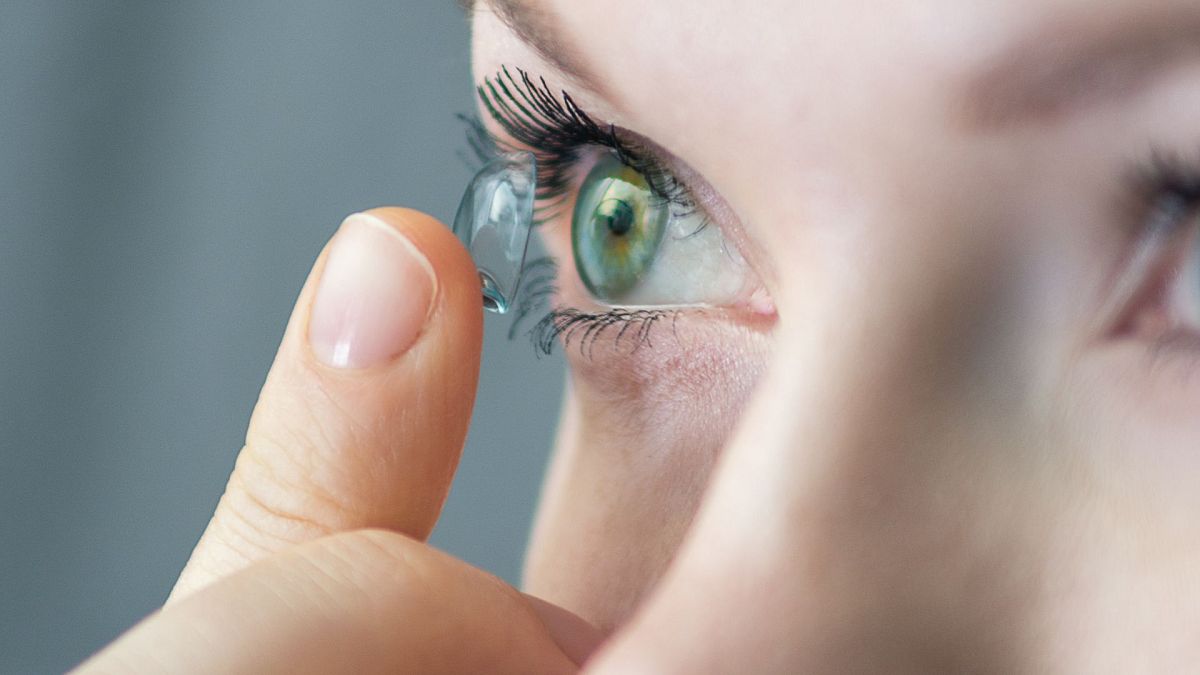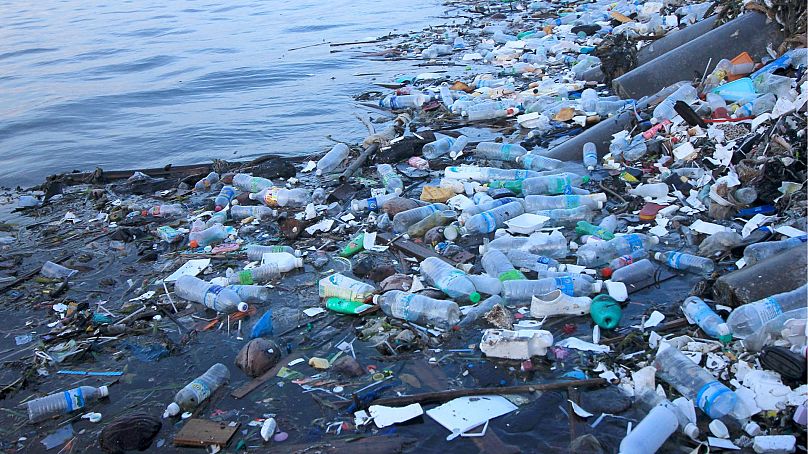Contact lenses could be ‘shedding’ microplastics into your eyes, study shows.
Your contact lenses could be shedding microplastics into your eyes, new research has revealed.
Up to 140 million people rely on contact lenses worldwide.
But the visual aids could be a source of damaging plastic pollution.
In a study published by the American Chemical Society, researchers estimate that lenses worn for 10 hours a day could shed more than 90,000 microplastic particles per year.
“Our study reveals an undiscovered pathway of microplastic direct exposure to humans,” the authors concluded.
“[This] highlights the urgent need to assess the potential health risks caused by eye exposure to microplastics.”
What are microplastics, and how can they impact human health?
Microplastics - tiny particles of plastic up to 5mm long - are everywhere. According to a 2022 study, people inadvertently consume up to five grams of micro and nano-plastics every week. This is roughly equivalent to a credit card.
The phenomenon could have dangerous health implications.
The tiny particles linger in human blood, lodge in the organs, and pollute foetuses. Emerging research suggests they may be able to induce carcinogenesis in cells, the process that triggers cancerous mutations.
How did scientists test contact lenses for microplastics?
Scientists gathered six kinds of reusable contact lenses from various brands and of different lifespans.
To imitate normal wear and tear, the lenses were stored in water, kept under a lamp that mimicked sunlight, and were rinsed with water three times every 10 hours.
After the lenses had received the equivalent of 30 or 90 days of sunlight, scientists analysed the water they were stored in.
They found that lenses with shorter lifetimes shed more microplastics.
The authors called for “urgent” research into the health consequences of these tiny particles.
Do contact lenses contribute to broader plastic pollution?
Microplastics are just one part of a broader plastic pollution problem.
In the UK alone, more than 750 million contact lenses are thrown down the drain or into landfill each year.
Once in landfill they may take up to 500 years to decompose, potentially leaking pollutants into the soil and water.
Of the 10 billion tonnes of plastic that have ever been created, a whopping 6 billion sit in landfill sites or pollute the environment.
This has a devastating impact on wildlife - more than 90 per cent of the world’s seabirds have plastic in their guts.




